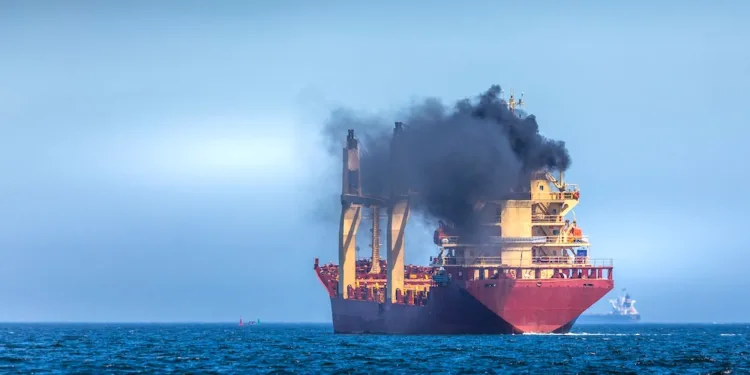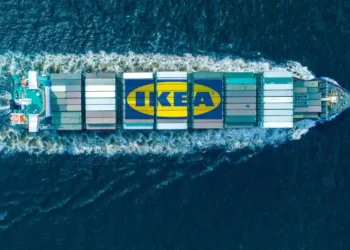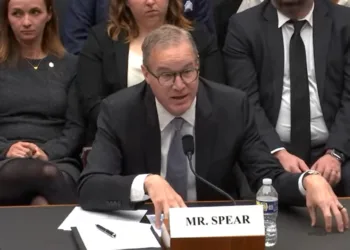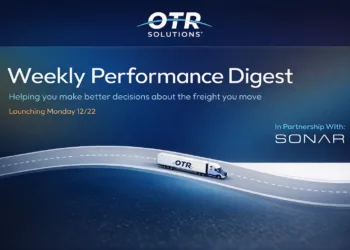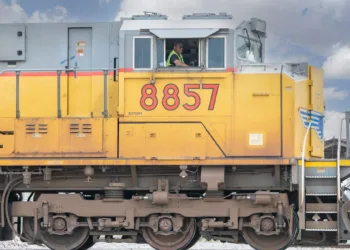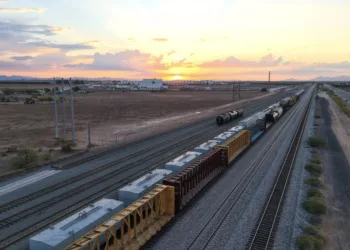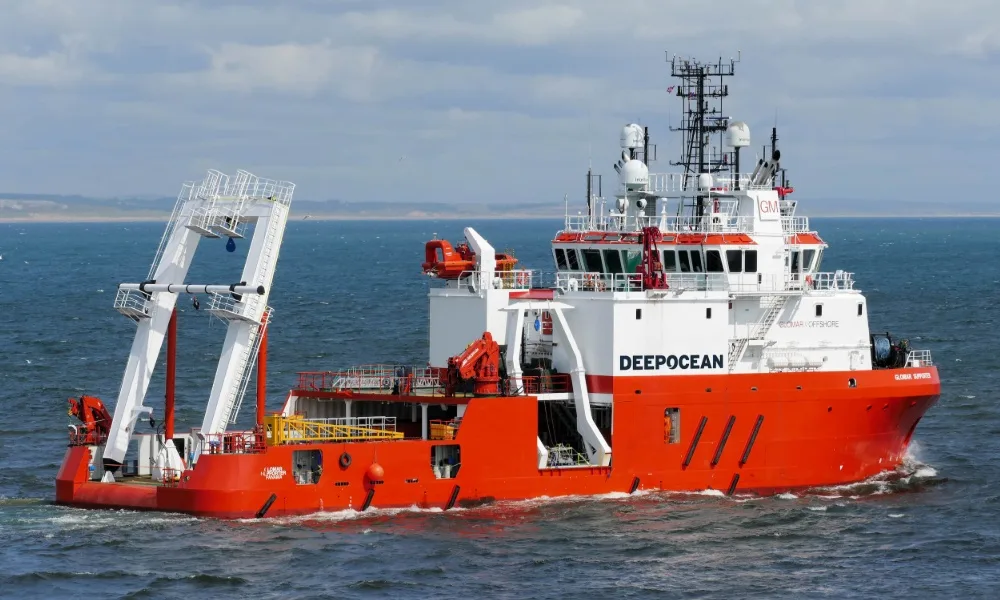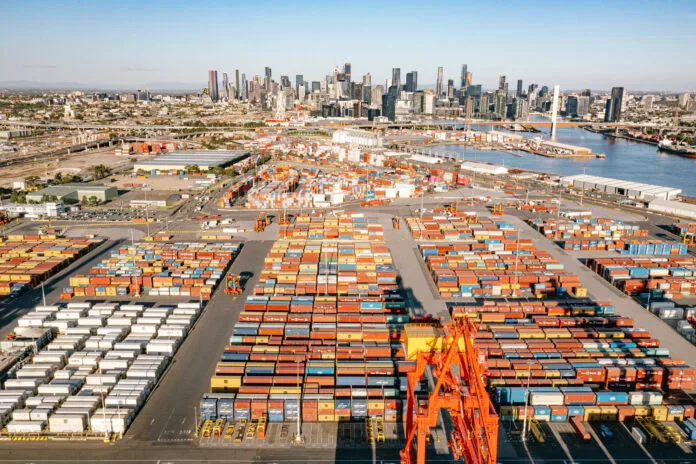Carbon pricing in shipping is no longer an abstract regulatory concept — it’s a growing commercial cost that is reshaping balance sheets across the maritime value chain.
In 2025, emissions trading under the EU ETS alone is expected to add more than $6bn in costs to global shipping. By the end of the decade, a mix of regional and global carbon pricing schemes could lift that bill above $50bn a year, according to cost projections from shipping emissions analytics company Siglar Carbon.
The total includes overlapping measures such as the EU ETS, FuelEU Maritime, UK ETS, and the IMO’s upcoming Greenhouse Gas Fuel Intensity (GFI) measure, set to take effect from 2028.
If all schemes coexist and other countries follow the EU’s lead with local emission taxes, the total annual carbon bill for shipping could climb toward $100bn by 2030, the Norway-based company noted.
Forecasts from LSEG Research project that European carbon prices could reach $150 per tonne of CO₂ by 2030, amplifying the cost burden for operators and charterers still dependent on conventional fuels.
“When carbon is priced, it changes the game — from chartering to ship finance,” Siglar analysts said, noting that emissions now carry a measurable commercial value on every voyage.
The IMO’s GFI will effectively introduce a global carbon layer across all international shipping. Estimates suggest it could generate $22bn in compliance costs when it enters into force in 2028, rising to $33bn two years later.
The open question for regulators and the industry is whether the IMO’s global framework will replace or stack on top of regional schemes. If it becomes another layer rather than a harmonised solution, shipping faces a fragmented, multi-tier carbon regime that could penalise some trades more than others.
For shipowners and operators, carbon pricing has shifted from an environmental metric to a core commercial variable. It now influences time charter equivalent (TCE) returns, voyage planning, and contract terms. For financiers and insurers, carbon exposure is emerging as a new category of operational and credit risk — one that must be tracked and priced with the same precision as freight volatility or bunker costs.



